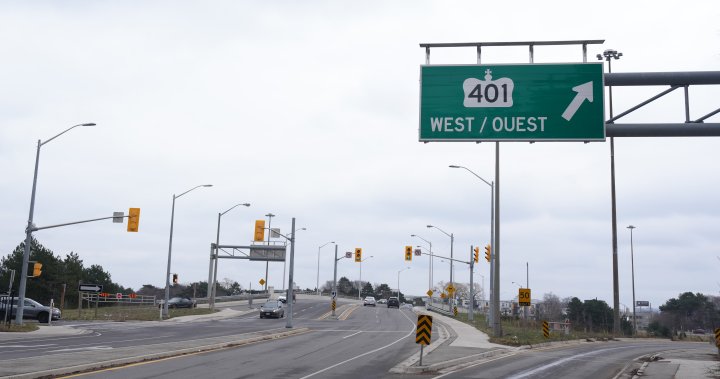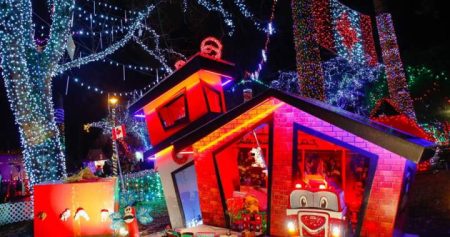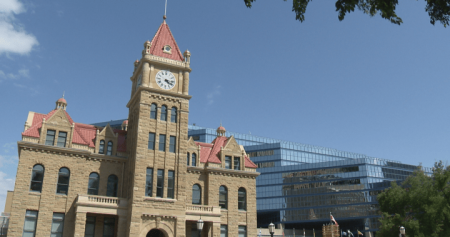Doug Ford’s plan to construct a tunnelled highway beneath the congested lanes of Highway 401 is expected to cost tens of billions of dollars and be incredibly complex. The premier has announced a feasibility study to determine the cost and scope of the project, even though he has expressed his intention to proceed with the project regardless of the study’s results. Jay Goldberg of the Canadian Taxpayers Federation raised concerns about moving forward with a project without understanding its feasibility, which could pose risks for taxpayers.
The cost of the tunnelled project is still uncertain, with few similar projects available for cost estimation. The Big Dig in Boston cost $8 billion for a 2.5-kilometre tunnel, while Washington State spent $2.15 billion for a 3.2-kilometre tunnelled highway. Transit construction projects in Ontario have cost hundreds of millions of dollars per kilometre, with projections for the Ontario Line, Yonge Subway Extension, Eglinton Crosstown LRT, and Scarborough Subway Extension ranging from $600 million to $700 million per kilometre. Goldberg suggested that the cost of a Highway 401 tunnel could exceed $50 billion based on comparisons with projects in New York City.
Despite the astronomical costs associated with building a tunnel under Highway 401, it is technically feasible, according to Professor Matti Siemiatycki of the University of Toronto. However, he questioned the justification for such a project given the likely high costs and minimal impact on resolving congestion. The Ford government’s budget of $28 billion for highway expansion lacks detailed breakdowns, leaving uncertainties surrounding the financing of projects. Concerns were raised about the overspending and budget increases for projects like the Ontario Line by 43%, totaling $16 billion.
Ford defended his tunnelled highway plan by dismissing critics and opponents as naysayers who oppose ambitious projects like the expansion of Highway 413, the Bradford Bypass, and subway expansion. However, critics caution against embarking on costly and potentially risky projects that could lead to financial burdens for taxpayers. Siemiatycki cited examples from North America, such as the Muskrat Falls hydro dam in Newfoundland, which required a federal bailout due to cost overruns and mismanagement. The uncertainty surrounding the cost and feasibility of the tunnelled highway project raises doubts about its potential benefits and economic value.
In conclusion, Doug Ford’s proposal to construct a tunnelled highway beneath Highway 401 faces challenges due to the uncertain costs, technical complexities, and lack of feasibility studies. Critics have raised concerns about the potential financial risks for taxpayers, given the lack of detailed cost breakdowns and the history of budget overruns in transit projects. While the project is technically feasible, experts question the necessity and value of such a costly endeavor in addressing congestion issues. Ford’s dismissal of critics and opponents as naysayers underscores the contentious nature of the project and the need for transparent cost-sharing and financial accountability. As debates continue over the tunnelled highway plan, it is essential to consider the long-term implications and potential pitfalls associated with undertaking such a massive infrastructure project.













